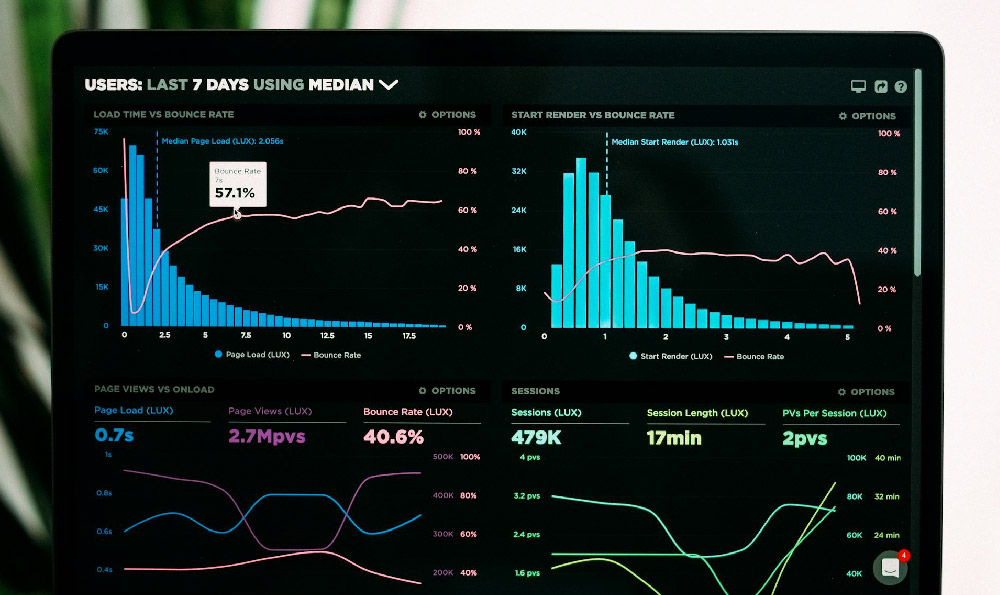Okay, I'm ready. Here's an article based on the title "How Much Do YouTubers Really Earn? What Factors Impact Their Income?" aiming for richness, detail, and a nuanced understanding of the subject, avoiding excessive bullet points or numbered lists, and refraining from mentioning the title explicitly.
The question of how much YouTubers actually earn is deceptively simple on the surface, but delving beneath reveals a complex web of factors that dramatically influence income. The image of a YouTuber effortlessly amassing a fortune from cat videos or gaming streams is a romanticized one, often divorced from the realities of platform monetization, business acumen, and sheer hard work. While some creators do indeed achieve significant financial success, the vast majority navigate a landscape of inconsistent revenue streams and intense competition.
One of the most common and easily understandable sources of income for YouTubers is AdSense, YouTube's advertising program. Creators enable monetization on their videos, allowing advertisements to play before, during, or after their content. When viewers watch these ads, or interact with them, the YouTuber earns a portion of the advertising revenue. This payout is calculated using a metric called CPM (Cost Per Mille, or cost per thousand views) or RPM (Revenue Per Mille, or revenue per thousand views). CPM represents how much advertisers pay for 1,000 ad impressions, while RPM represents the actual revenue a YouTuber receives for every 1,000 monetized views after YouTube takes its cut (typically around 45%). CPM and RPM values fluctuate wildly based on several factors.

Advertisers are willing to pay more for access to certain demographics. Channels focused on finance, technology, or high-end lifestyle content, for instance, tend to attract advertisers targeting affluent audiences, resulting in higher CPMs. Conversely, channels aimed at children or covering topics considered less commercially desirable often have lower CPMs. The geographical location of the viewer also plays a critical role. Views from developed countries like the United States, Canada, and Western Europe generally command higher advertising rates compared to views from countries with lower average incomes.
The content itself influences ad revenue. Longer videos, those exceeding eight minutes, allow creators to insert multiple mid-roll ads, potentially increasing the number of ad impressions and therefore revenue. The ad-friendliness of the content is also paramount. YouTube has strict guidelines prohibiting content that promotes violence, hate speech, or harmful behavior. Videos that violate these guidelines are often demonetized, rendering them ineligible for advertising revenue. Furthermore, topics considered sensitive or controversial can attract fewer advertisers, leading to lower CPMs.
Beyond AdSense, many YouTubers diversify their income streams through various means. Sponsorships and brand deals are a significant source of revenue for established creators. Companies pay YouTubers to feature their products or services in their videos, providing direct endorsements and reaching a targeted audience. The value of a sponsorship depends on the YouTuber's audience size, engagement rate, and the perceived fit between the brand and the channel's content. Highly engaged audiences who trust a creator's recommendations are particularly valuable to brands.
Affiliate marketing is another popular income stream. YouTubers promote products or services by including affiliate links in their video descriptions. When viewers click these links and make a purchase, the YouTuber earns a commission. This method allows creators to monetize their recommendations without requiring direct sponsorships.
Merchandise sales represent a more direct way for YouTubers to connect with their audience and generate revenue. Selling branded apparel, accessories, or other products allows creators to build a loyal fanbase and capitalize on their personal brand. The success of merchandise sales depends on the creator's ability to design appealing products, effectively market them to their audience, and manage the logistics of production and fulfillment.
Fan funding platforms like Patreon offer another avenue for monetization. Supporters pledge recurring donations to their favorite creators in exchange for exclusive content, early access, or other perks. This model fosters a deeper connection between creators and their audience, providing a more stable and predictable income stream compared to AdSense or sponsorships.
The sheer number of subscribers is not the sole determinant of income. A smaller channel with a highly engaged audience can often generate more revenue than a larger channel with lower engagement. Engagement metrics, such as likes, comments, shares, and watch time, signal to YouTube's algorithm that a video is valuable and worth promoting, leading to increased visibility and potential ad revenue. Consistent uploading schedules and strategic content planning also play a vital role in attracting and retaining viewers.
Building a successful YouTube channel requires significant investment of time, effort, and resources. Creators often invest in high-quality equipment, video editing software, and professional assistance with tasks like graphic design, social media management, and marketing. These expenses can eat into profits, highlighting the importance of careful budgeting and financial planning. Furthermore, the YouTube landscape is constantly evolving. Algorithm changes, shifting audience preferences, and the emergence of new platforms necessitate adaptability and a willingness to experiment with different content formats and monetization strategies.
In conclusion, determining how much YouTubers truly earn is a multifaceted question with no single definitive answer. Income is influenced by a complex interplay of factors, including AdSense revenue, sponsorships, affiliate marketing, merchandise sales, fan funding, audience demographics, engagement rates, content quality, and the creator's business acumen. While the potential for financial success exists, it requires dedication, strategic planning, and a deep understanding of the YouTube ecosystem. The notion of easy riches is a misconception; sustainable success on YouTube is earned through hard work, creativity, and a constant adaptation to the ever-changing digital landscape.












